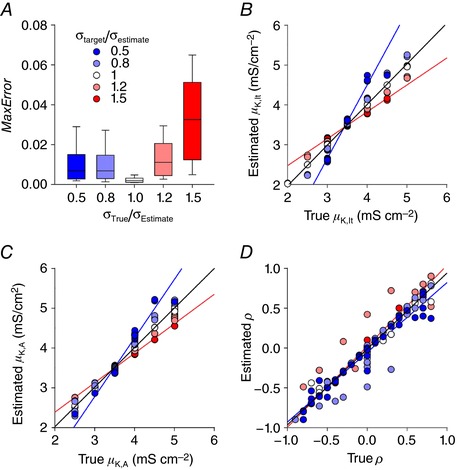Figure 7. Sensitivity of ion channel density estimation to assumed value of σ.

Sets of spiking pattern proportions were calculated for joint distributions with arbitrarily chosen parameter values. σestimate was fixed at 1 mS cm−2 but, unlike previously fitted distributions, σtarget ( = σK,lt and σK,A) took a range of values. Specifically, the algorithm was applied to target distributions where σestimate correctly estimated σtarget = 1.0 mS cm−2 (σtarget/σestimate = 1.0), σtarget was 20% greater or less than estimated (σtarget/σestimate = 1.2 or 0.8, respectively), or σtarget was 50% greater or less than assumed (σtarget/σestimate = 1.5 or 0.5, respectively). N = 40 target distributions belonging to each group were used for testing, each with arbitrarily chosen values of μK,lt, μ,K,A and ρ. A, box‐plot shows the MaxError in the estimated spiking pattern proportions, with box ends and whisker ends representing the 1st/3rd quartiles and 5th/95th percentile, respectively. The median error value of 0.002 when σ was correctly estimated (σtarget/σestimate = 1.0) was significantly less than when σ was misestimated (P < 0.05, Tukey tests). Estimations of μK,lt (B), μ,K,A (C) and ρ (D) are shown relative to their true values. Black lines show the regression using all points; their slopes were all within 5% of the expected value of 1. However, when the regression was calculated using points from σtarget/σestimate = 0.5 (blue) or 1.5 (red), 5 of the 6 values deviated significantly from the expected value of 1 (P > 0.05, one sample t tests with Bonferroni correction).
